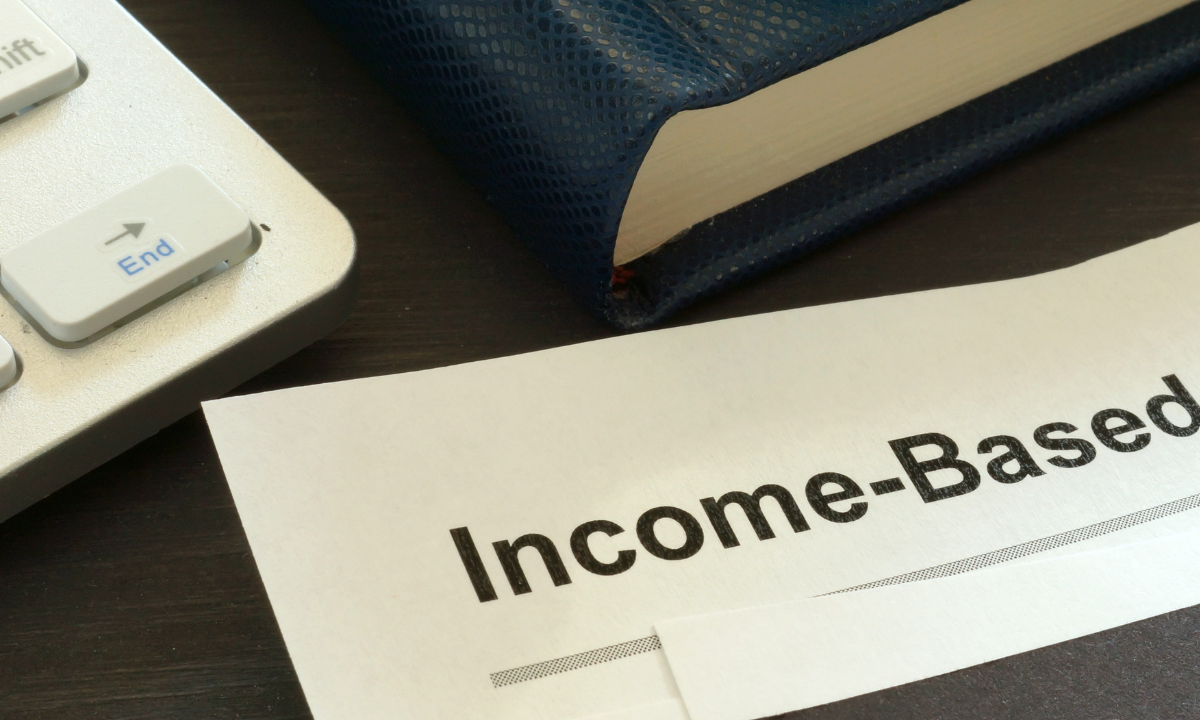California’s rural areas and low-income inner cities have recently been facing an increasing shortage of primary physician care. This curtailment is forecasted to impact millions of Californians within the next ten years.
The problem is rooted in the fact that the majority of physicians in California over the age of 55 are looking to retire and not enough newly certified students are going into primary care. These trends have led researchers to estimate that the state could be down by as many as 10,000 primary care clinicians, including nurse practitioners and physician assistants.
As with any other shortage of resources, certain areas and communities will be hit harder than others. Specifically, low-income residential areas, districts of color, elderly communities, those with mental illness or addiction, and of course those without any health insurance plans.
The lack of access to physician care could cause the inhabitants of the affected areas could be forced to wait longer for doctor visits, travel longer distances, and pay higher rates. As a result, this could cause residents to become so discouraged that they refrain from preventative care for chronic disorders and serious disease until emergency treatment is crucial.
According to the federal government’s Council on Graduate Medical Education recommends 60 to 80 primary care doctors per 100,000 people. However, the number has already decreased to 50 physicians per 100,000 residents statewide and even lower in certain regions. According to reports from The Future Health Workforce Commission, Inland Empire has an average of 35 primary care doctors and San Joaquin Valley has 39.
The problem is not that California schools aren’t producing enough doctors, its that the majority of medical students are straying away from careers in primary health care. High student loan debt has encouraged medical students to go into specialty care, which pays significantly higher than primary care. Currently, only 36 percent of doctors provide primary care. Another major factor leading to this shortage is the low reimbursement rates from Medi-Cal to primary care doctors in low-populated districts.
Considering that an estimated seven million Californians live in federally designated Health Professional Shortage Areas because they lack primary care physicians, dentists, and mental health professionals; the effects of the shrinking number of primary care physicians has become a growing issue California Future Health Workforce Commission recently released a report warning of the looming shortage of health workers to meet the needs of the “growing, aging and increasingly diverse population.”




